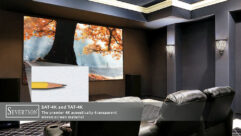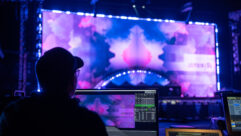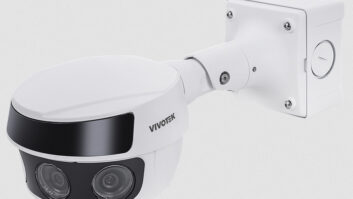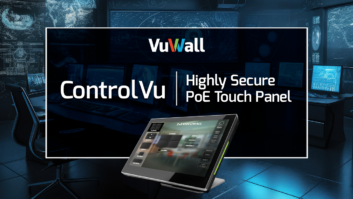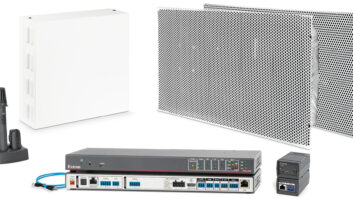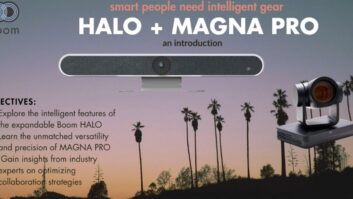4K Technology Brightens Installation Opportunities
Jul 7, 2014 10:40 AM, By Art Rankin, senior director AV business unit division management, Panasonic System Communications Company
The world is becoming increasingly visual as evidenced by the explosion of visual content in our everyday lives. Every minute, 100 hours of video is uploaded to YouTube and more than 6 billion hours of video are watched each month. On Facebook, 300 million photos are posted each day. In just a little more than three years since its launch, 16 billion photos have been shared on Instagram.
Quite simply, people are drawn to visual content, and the implications are reaching the corporate world. Businesses are finding more ways to leverage appealing imagery to market products and services on the Internet, sell on the showroom floor, and educate and influence customers. If recent history is any indication, people will continue to be drawn to the most realistic images they can get. As such, the market has moved from standard definition to HD content, and it now stands on the cusp of a move into ultra HD or 4K content.
The true value of this technology is the sheer volume and quality of information made available by its high resolution. By harnessing this information, businesses can use 4K content to create new value and better experiences for their customers, as well as benefit business users in various visual fields where viewing, sharing, and interpreting information helps drive innovation. This includes fields where complex visual data is essential, such as video production, architecture, design, and healthcare. The move to 4K in the business world has started and will continue to expand this year, with some of the initial application areas outlined below.
Video production: The move toward 4K will not be successful without content. Cameras and production equipment have been extended into the 4K realm, and 4K production monitors have become an ideal solution for onset review of shots, lighting, and color.
Large-scale outdoor venues: One of the most impressive real-world demonstrations of 4K technology was a centerpiece at Churchill Downs during this year’s Kentucky Derby. A 15,224-square-foot, high-definition LED videoboard—about the size of three NBA basketball courts—provided stunning 4K resolution at more than 2000×4000 pixels with a 170-degree viewing angle, providing fans an excellent view of the action from any location. Kevin Flanery, president of Churchill Downs Racetrack, said that he is “truly excited about the clarity in which races will be broadcast” and that the installation of the world’s largest 4K videoboard “solidifies the racetrack’s claim to fame as the best venue for thoroughbred racing in the world.”
Retail and hospitality: Smaller scale implementations of 4K displays and digital signage solutions will also soon become commonplace in retail and hospitality locations, as businesses look for new ways to improve the customer experience. For instance, a retail store can use interactive 4K displays to allow customers to scan different articles of clothing, tagged with RFIDs, and show customers what the items will look like when worn and combined together.
High-end visual productions: In markets like event production, education, museums, and galleries, the need for large, clear, and crisp imagery is critical. For these types of applications, users will turn to large-venue, high-brightness 4K projectors. With pixel-quadrupling technology and high frame rates, these devices deliver true-to-life details that can actually go beyond 4K resolution.
Security: Whether at a military installation, port, retail environment, or entertainment venue, security cameras play an important role in business by reducing liabilities and protecting personnel and assets. Using 4K security cameras, properties can film very wide angles to capture more information, yet still zoom in and recognize potential threats. With this approach, businesses can install fewer cameras to provide the same level of coverage as their current network configuration, while also leveraging the sharper images to more effectively use facial recognition software. Casinos, for example, can combine 4K, facial recognition, and image database technology to zero in and recognize individuals who shouldn’t be on the casino floor and then take the appropriate action.
Workforces on the go: For highly visual fields where mobility is a plus, such as architecture, video production, design, photography, and healthcare, workers can use 4K tablet PCs to view, share, manage, manipulate, and interpret complex and detailed visual information, whether in the office or in the field, to drive better business results.
The business possibilities for 4K technology and its ultra-rich content should explode in a wide range of markets as more products come to market. For many businesses, the question will not be if a move to 4K is needed, but rather when it should happen and how substantial the improvements to everyday business can be.



